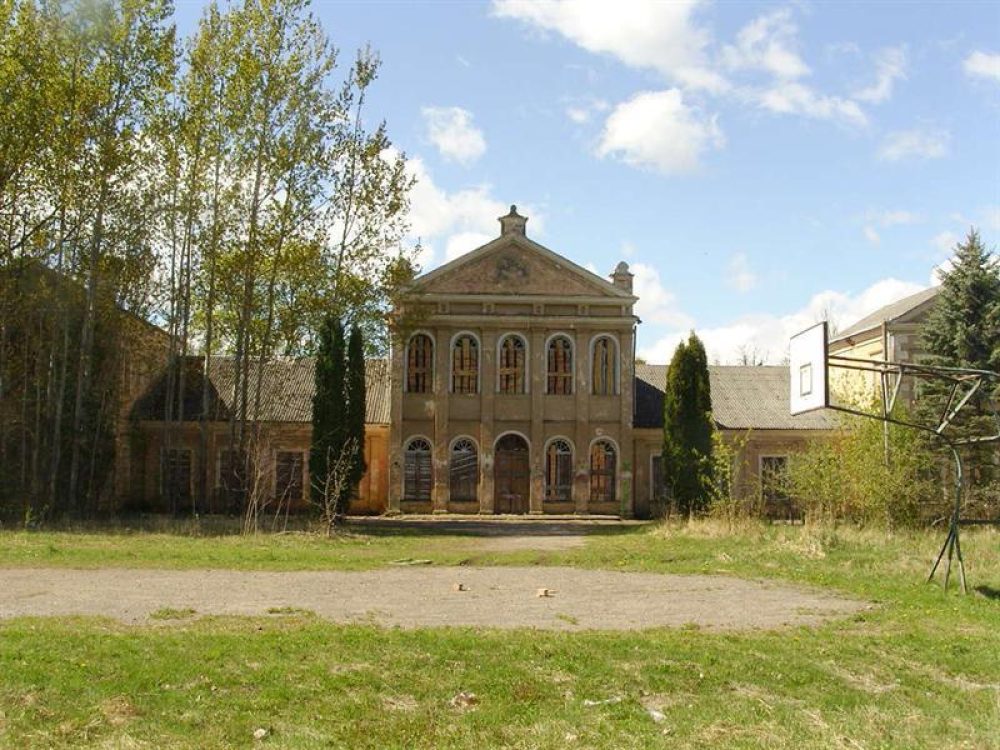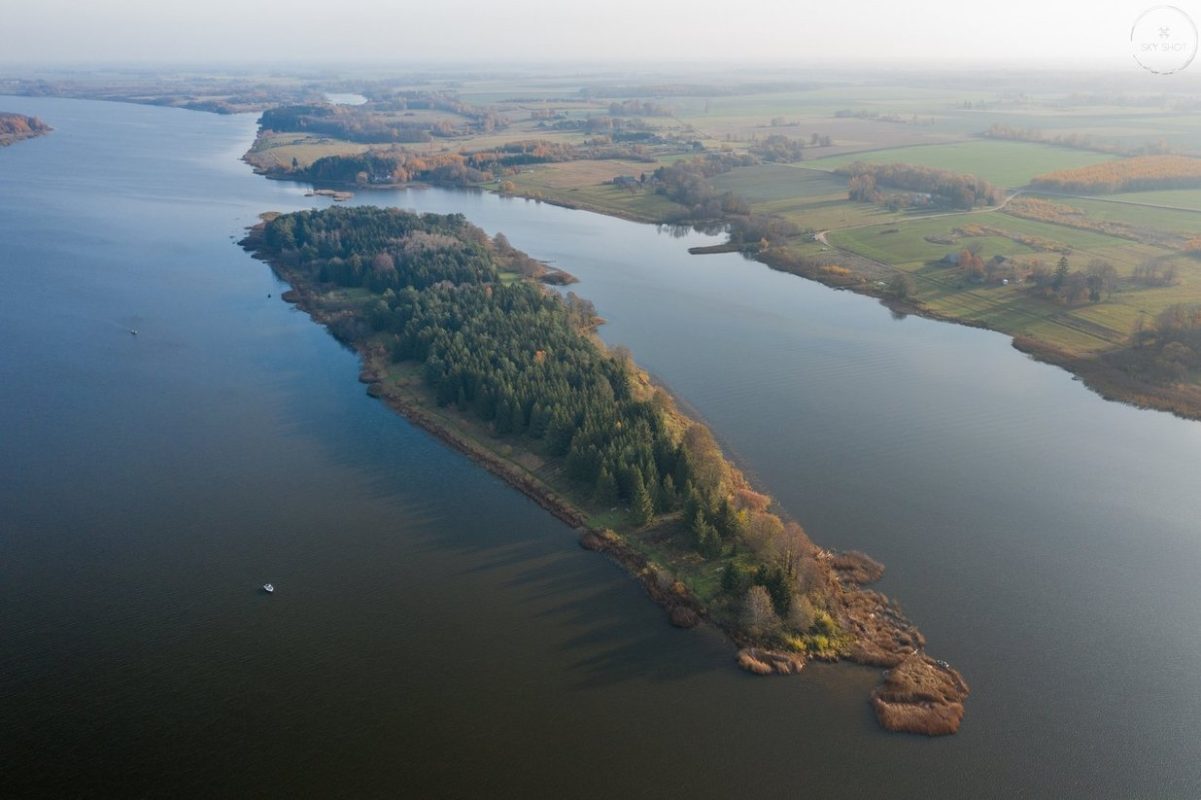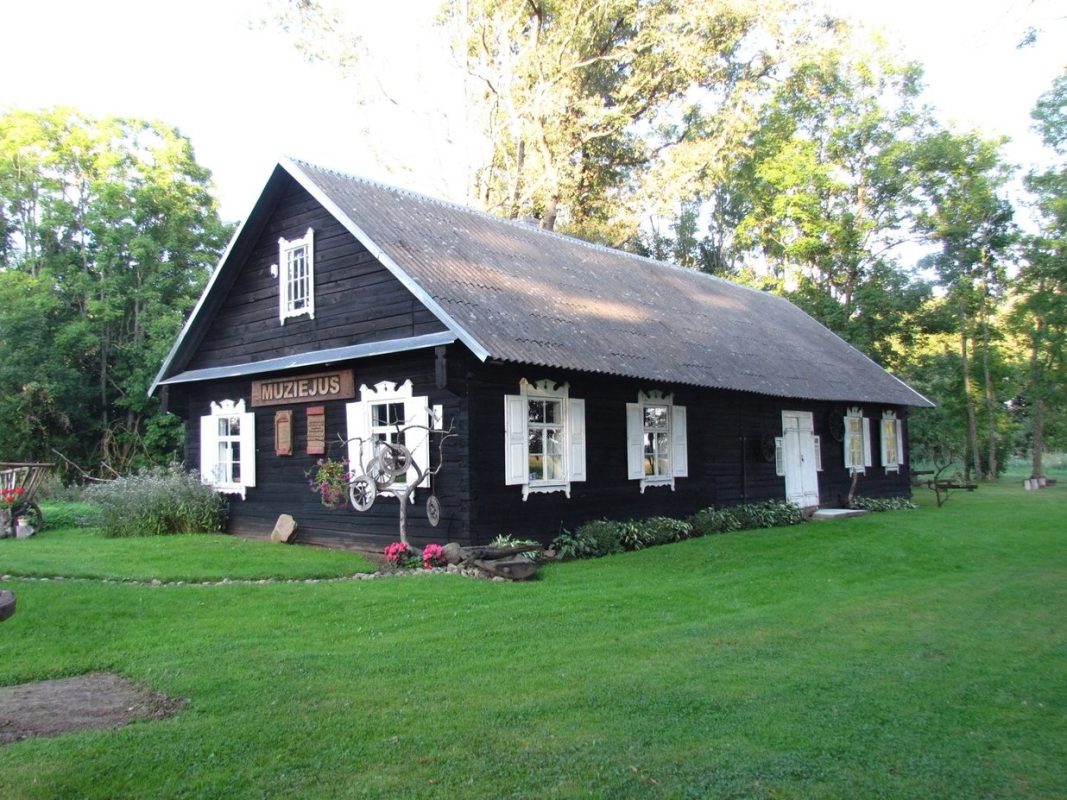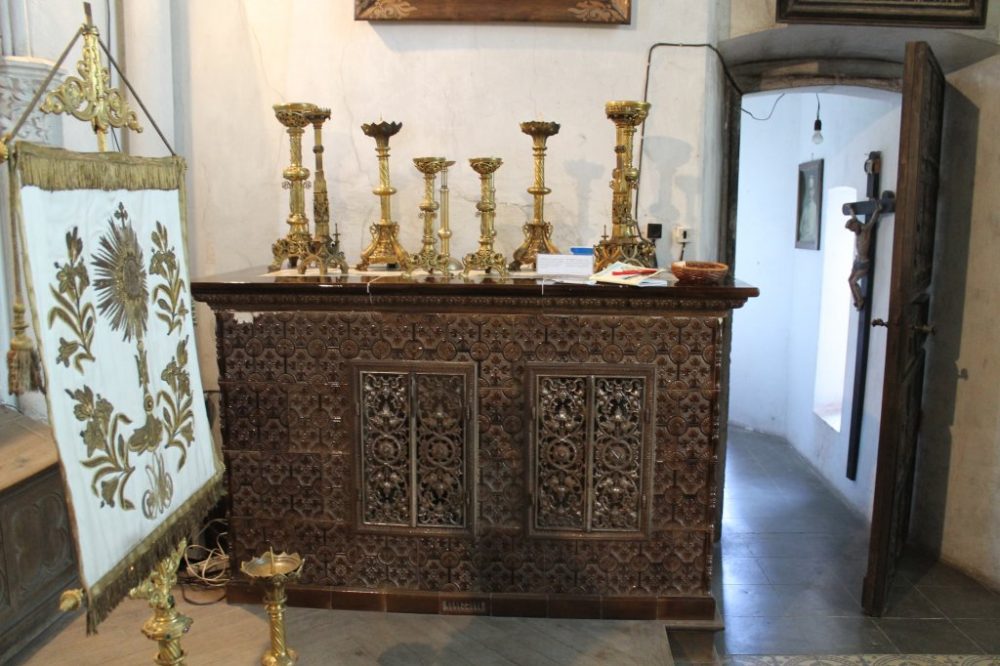Panemunys Ancient Defensive Fortification

78

0

0
The Panemunys Defensive Fortification, located on a hill rising 11 meters above the river, is a unique historical site dating back to the 16th–17th centuries. This area played a crucial role during conflicts with the Swedes, notably in 1625 when Panemunys became a battleground and suffered destruction by fire. The fortifications were rebuilt and reused for defense, as documented in Augustinian chronicles. Today, visitors can observe a rectangular platform with remnants of a rampart, moat, and ruins of three walls. Panemunys captivates not only tourists but also archaeologists, as evidence suggests it might have been reconstructed on an ancient hillfort. This is a site where legend and history intertwine.
Info
Whats new?
Nearby attractions
Nearest museums

 Entertainment
Entertainment
 Sightseeing
Sightseeing
 Food establishments
Food establishments





























 56.062177, 25.288905
56.062177, 25.288905
 Get directions
Get directions



























